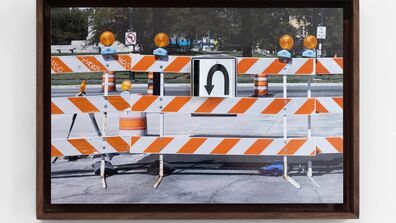
Career Conversations
Expert Advice from Anita Stubenrauch (BFA 2003)
by Ana Sekler (MA 2016)

Anita Stubenrauch (BFA 2003) is a writer, entrepreneur, and Apple Inc. creative veteran who often refers to her “accidental career” when describing her trajectory. From working on the floor of the Apple store on Michigan Avenue in Chicago to being the executive speechwriter for Apple’s former head of retail to authoring the tech giant’s new credo, Stubenrauch’s creative problem-solving knows no bounds. Today, after 13 years with Apple, she is helping purpose driven organizations and leaders transform their stories through Cause:Effect Creative, and she recently founded The Land of Make+Believe, an empathy-centered retreat space. Stubenrauch spoke with SAIC students as part of Virtual Expert Exchange. Hosted by SAIC’s Career and Professional Experience (CAPX) office, the series gives students a chance to virtually engage one-on-one with alums, creative professionals, and business leaders from around the country to gain industry insight and career advice. This is an excerpt from our conversation with her.
What did you study at SAIC?
I went in expecting to study painting, drawing, and sculpture, and while I was there, I got really into screenwriting and filmmaking.
What was the most important thing you learned from working at Apple?
When you hire good people, they can do anything.
Which skills are necessary for arts professionals?
Not identifying so strongly with themselves as an artist who only ever works in one medium or only ever does work in a particular way or with particular people or in a particular location. But, being open to the many different shapes and forms available, to all the different permutations that they can embody in pursuit of their work.
What do you enjoy most about your work?
Bearing witness to a transformation in someone else. And a transformation in which [my clients] now see the world differently and with more possibility. Whether it’s with brand identity work or being able to tell and own a story in a way that is more empowering than the way that they had ever told it before. Suddenly, the world is different, and their role in it is different.
What advice can you give to aspiring creative entrepreneurs?
Your biggest asset and your greatest limitation is based on what you think is possible. My lived experience tells me the opportunities that are available to me in this world to make my dreams come true are limited only by what I think is possible.
